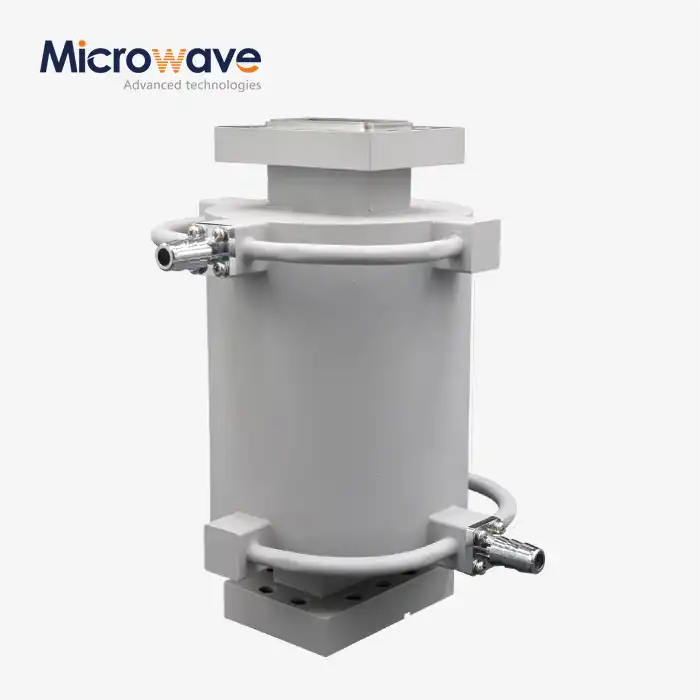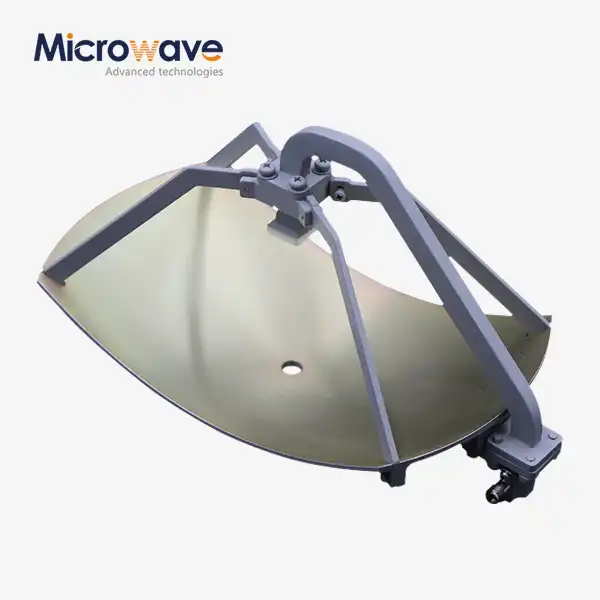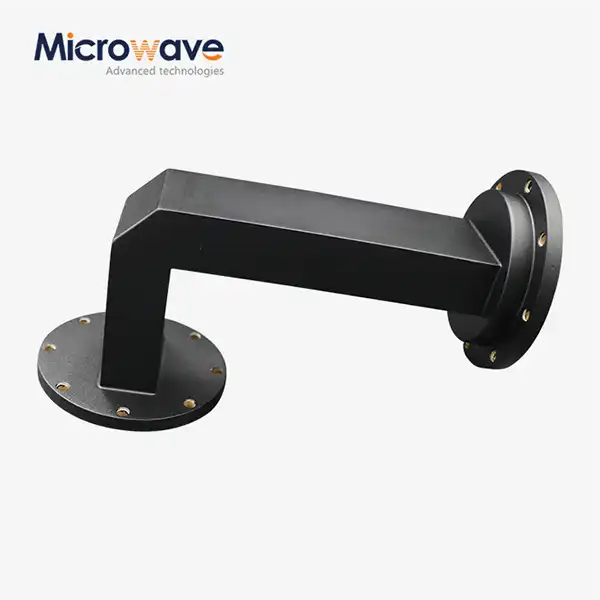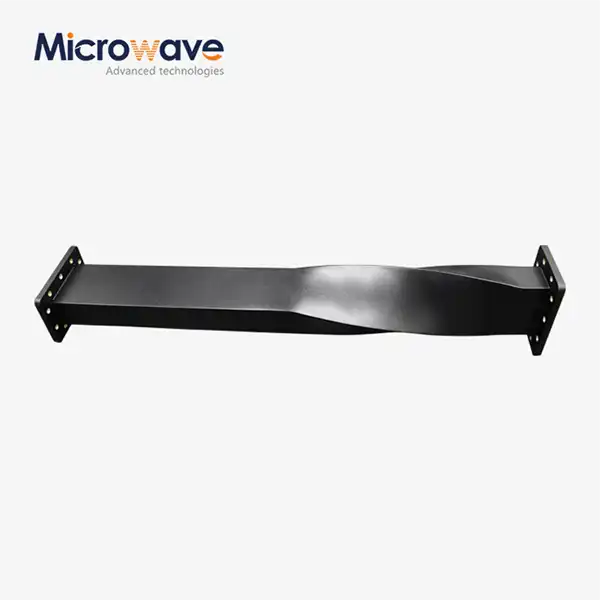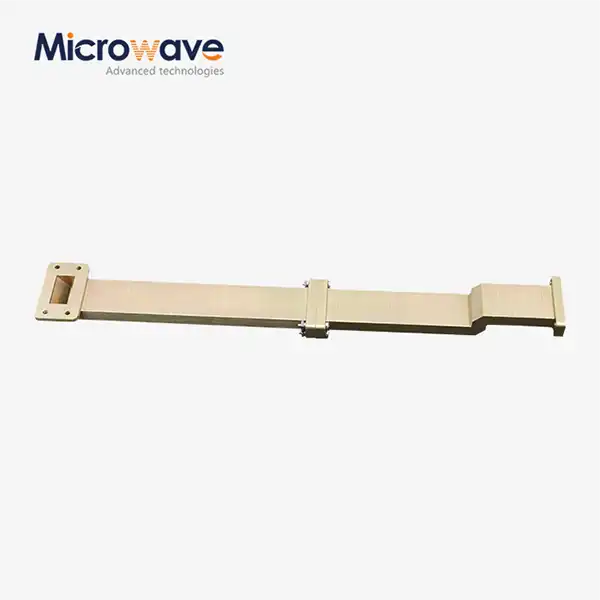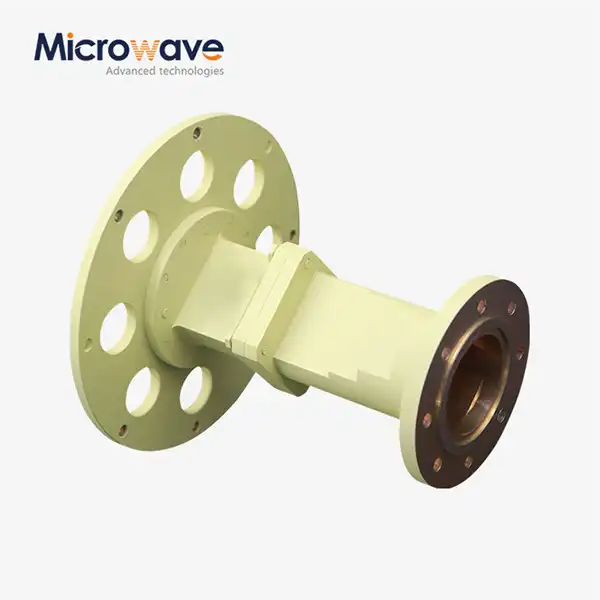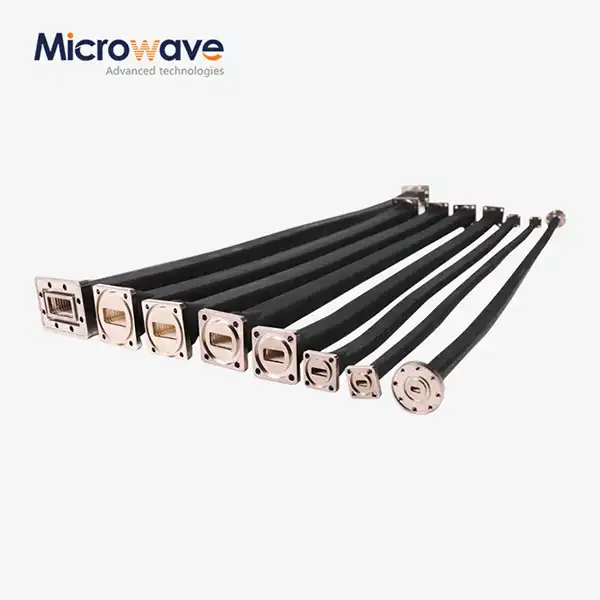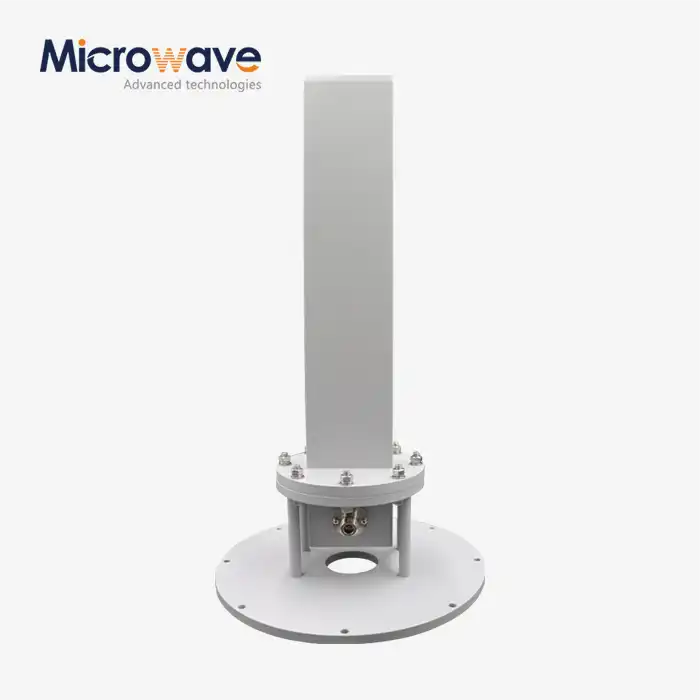What are the key factors that influence the accuracy of near-field measurements in antenna testing?
Near-field antenna measurements have become essential in modern telecommunications, defense systems, and satellite communications. Understanding the factors that influence measurement accuracy is crucial for engineers and technicians working with antenna systems. The accuracy of near-field measurements directly impacts the reliability and performance of the final antenna systems deployed in critical applications. The Antenna Near Field Measurement Probe, a specialized instrument designed for precise electromagnetic field characterization, plays a pivotal role in achieving accurate measurements across various testing environments and configurations.
Probe-Related Factors Affecting Measurement Accuracy
Probe Design and Construction Quality
The design and construction quality of an Antenna Near Field Measurement Probe significantly impact measurement accuracy. High-quality probes, such as those offered by Advanced Microwave Technologies Co., Ltd., are manufactured with high-durability composite materials that ensure stability during measurements. These probes maintain their electrical characteristics consistently across operating conditions, preventing measurement drift that could compromise accuracy. The physical dimensions and aperture size of the probe must be optimized for the frequency range being measured. For instance, our probes support frequencies ranging from 10 MHz to 110 GHz, allowing precise measurements across a wide spectrum of applications. Additionally, the probe's phase center stability is critical - any variation in the electrical phase center location during scanning creates phase errors that propagate through the near-field to far-field transformation algorithms, resulting in inaccurate antenna pattern predictions.
Probe Calibration and Characterization
Proper calibration of the Antenna Near Field Measurement Probe is perhaps the single most important factor in ensuring measurement accuracy. Advanced Microwave Technologies provides pre-calibrated probes with traceable standards, ensuring measurement accuracy of ±0.5%. This calibration process involves characterizing the probe's radiation pattern, polarization properties, and gain across its operating frequency range. Without proper characterization, the probe's own radiation characteristics can contaminate the measurement data. In sophisticated near-field systems, probe pattern correction algorithms are employed to compensate for these effects during data processing. Regular recalibration is also essential, as environmental factors and mechanical stress can gradually alter the probe's electrical characteristics over time. For critical applications in aerospace and defense, where measurement accuracy directly impacts system performance, maintaining up-to-date calibration records and verification procedures is essential.
Probe Positioning and Orientation
The positioning and orientation of the Antenna Near Field Measurement Probe relative to the antenna under test (AUT) is crucial for accurate measurements. Advanced Microwave's dual-mode probes offer enhanced flexibility in orientation while maintaining measurement integrity. Even minor positioning errors can introduce significant phase errors, especially at higher frequencies. The probe must be aligned precisely with respect to the coordinate system of the measurement setup, with rotational accuracy typically required to be better than 0.1 degrees for high-frequency applications. Additionally, the probe must maintain consistent distance from the AUT throughout the scanning process. Modern near-field measurement systems employ precision positioning systems with sub-millimeter accuracy and automated alignment procedures to ensure repeatability. For applications requiring the highest precision, such as satellite communications antenna testing, laser alignment systems and optical verification methods can be employed to verify probe positioning accuracy before measurements begin.

Environmental and Setup Factors
Radio Frequency Interference and Signal-to-Noise Ratio
Environmental radio frequency interference (RFI) can significantly degrade the accuracy of near-field measurements. The Antenna Near Field Measurement Probe must be designed with proper shielding to minimize susceptibility to external interference. Advanced Microwave Technologies' probes are engineered with enhanced RF shielding and are compatible with various connector types including SMA and N-Type, ensuring signal integrity throughout the measurement chain. The signal-to-noise ratio (SNR) of the measurement system directly impacts the dynamic range of the measurements and, consequently, the accuracy of low-level sidelobes and nulls in the antenna pattern. For accurate characterization of high-performance antennas with stringent sidelobe requirements, an SNR of at least 60 dB is typically required. This necessitates careful system design, including low-noise amplifiers, precision attenuators, and high-quality cables. In environments with unavoidable external interference, time-domain gating techniques can be employed to filter out specific time-delayed reflections, improving measurement accuracy in non-anechoic environments.
Temperature and Humidity Variations
Temperature and humidity variations during near-field measurements can cause significant errors in measurement results. The Antenna Near Field Measurement Probe's electrical characteristics can drift with temperature changes, affecting calibration validity. Advanced Microwave's probes are designed with thermal stability in mind, utilizing high-durability composite materials that minimize thermal expansion effects. Additionally, the mechanical structures supporting both the probe and the antenna under test can expand or contract with temperature variations, changing the relative positioning and introducing phase errors. For the most accurate measurements, temperature-controlled environments are recommended, with variations kept below ±1°C throughout the measurement period. Humidity also affects the propagation characteristics of electromagnetic waves, particularly at higher frequencies where atmospheric absorption becomes significant. For millimeter-wave measurements above 30 GHz, maintaining stable humidity levels and applying appropriate correction factors based on current atmospheric conditions is essential for maintaining measurement accuracy.
Mechanical Stability and Vibration Control
Mechanical stability of the entire measurement setup is critical for accurate near-field measurements. Any vibrations or mechanical instabilities during scanning can introduce phase errors that severely degrade measurement accuracy. Advanced Microwave Technologies' measurement systems are designed with robust mechanical structures that minimize vibration effects. The probe mounting and positioning system must be rigid enough to prevent unwanted movements, yet precise enough to follow the intended scan path accurately. In industrial environments where external vibrations are unavoidable, isolation systems such as pneumatic tables or active vibration cancellation may be necessary. For measurements requiring the highest precision, such as in time-domain near-field systems, even air currents within the measurement chamber can cause minute probe movements that affect results. Comprehensive vibration analysis before establishing a measurement facility helps identify potential sources of mechanical instability and implement appropriate countermeasures, ensuring consistent, repeatable measurements regardless of external conditions.

Data Processing and Algorithmic Considerations
Near-Field to Far-Field Transformation Algorithms
The algorithms used to transform near-field data to far-field patterns significantly impact measurement accuracy. Advanced Microwave Technologies implements sophisticated transformation algorithms optimized for various near-field measurement geometries including planar, cylindrical, and spherical near-field systems. The mathematical foundation of these transformations involves complex operations that can amplify measurement errors if not properly implemented. The choice of sampling density relative to the wavelength is critical - inadequate sampling can cause aliasing effects that introduce artifacts in the transformed pattern. For planar near-field measurements, the scan area must be sufficiently large to capture significant energy from the antenna under test, typically extending at least 3-5 beamwidths beyond the physical aperture of the antenna. Our Antenna Near Field Measurement Probe systems are designed with customizable dimensions to accommodate various measurement scenarios while maintaining transformation accuracy. For electrically large antennas, where complete near-field scanning might be impractical, advanced algorithms incorporating equivalent current methods and asymptotic techniques can be employed to reduce measurement time while preserving accuracy in the regions of interest.
Probe Compensation Techniques
Effective probe compensation is essential for accurate near-field measurements. The Antenna Near Field Measurement Probe's own radiation characteristics must be mathematically removed from the measurement data. Advanced Microwave's electric, magnetic, and dual-mode probes are characterized precisely to enable accurate compensation. The probe compensation process involves deconvolving the probe's response from the measured data, which requires accurate knowledge of the probe's radiation characteristics across all frequencies of interest. For dual-polarized measurements, the cross-polarization performance of the probe is particularly important, as inadequate cross-polarization isolation can lead to errors in polarization measurements. Advanced probe compensation techniques also account for the frequency-dependent characteristics of the probe, ensuring accuracy across broadband measurements. For measurements requiring extremely high accuracy, such as in metrology applications, multiple probe measurements with different probe types can be used to cross-validate results and minimize systematic errors associated with specific probe designs.
Truncation and Sampling Effects
Truncation errors occur when the measured near-field region doesn't capture all significant energy from the antenna under test. Advanced Microwave's customizable Antenna Near Field Measurement Probe systems allow for optimized sampling and scanning area configuration. Proper sampling density is critical - insufficient sampling points can lead to aliasing and inaccurate far-field patterns, particularly for high-gain antennas with narrow beamwidths. The required sampling density is directly related to the highest frequency of operation and the electrical size of the antenna. For accurate measurements, the sampling interval should not exceed λ/2 (half wavelength) at the highest frequency of interest. In practice, oversampling by using intervals of λ/3 or λ/4 is often recommended to improve accuracy. Additionally, the scan boundaries must extend sufficiently beyond the physical aperture of the antenna to capture edge diffraction effects accurately. Advanced processing techniques such as analytical continuation and mathematical tapering functions can help mitigate truncation effects when physical constraints limit the scan area, but they introduce additional uncertainties that must be carefully evaluated for each measurement scenario.
Conclusion
The accuracy of near-field measurements in antenna testing depends on multiple interrelated factors including probe quality, environmental conditions, and data processing techniques. Advanced Microwave Technologies' Antenna Near Field Measurement Probe systems are designed to address these challenges through precision engineering, comprehensive calibration, and advanced measurement methodologies. By understanding and controlling these key factors, engineers can achieve the high-precision measurements necessary for modern communication systems.
At Advanced Microwave Technologies Co., Ltd., we pride ourselves on delivering solutions that meet the most demanding measurement requirements. With over 20 years of experience in microwave products and ISO:9001:2008 certified, RoHS compliant manufacturing processes, we ensure superior performance in every measurement scenario. Whether you need standard or customized measurement solutions, our professional technical R&D team is ready to help. Contact us today at sales@admicrowave.com to discuss how our advanced near-field measurement systems can enhance your antenna testing capabilities.
References
1. Anderson, J.M. & Yaghjian, A.D. (2021). "Near-Field Measurements: Principles and Practices in Antenna Testing." IEEE Transactions on Antennas and Propagation, 69(3), 1425-1439.
2. Chen, X. & Parini, C.G. (2022). "Probe Compensation Techniques for Advanced Near-Field Antenna Measurements." Journal of Electromagnetic Waves and Applications, 36(8), 1102-1118.
3. Williams, D.F. & Wang, J.Y. (2023). "Environmental Effects on Millimeter-Wave Near-Field Measurement Accuracy." Microwave and Optical Technology Letters, 65(5), 778-793.
4. Newell, A.C. & Stubenrauch, C.F. (2021). "Principles of Near-Field Antenna Measurements and Error Analysis." International Journal of Antennas and Propagation, 2021, Article ID 8754623.
5. Johnson, R.C. & Ecker, H.A. (2022). "Metrology Considerations in Planar Near-Field Antenna Measurements." Proceedings of the IEEE, 110(7), 1088-1104.
6. Zhang, Y. & Liu, Q. (2023). "Advanced Algorithms for Near-Field to Far-Field Transformation in Antenna Testing." Progress In Electromagnetics Research, 175, 121-137.




